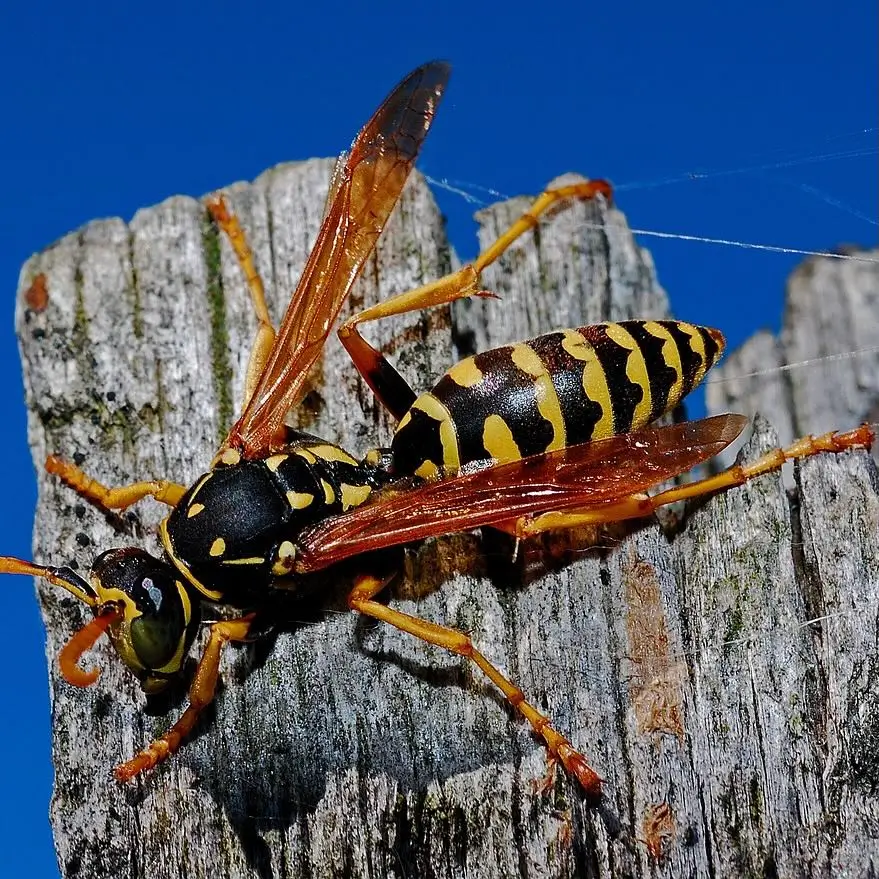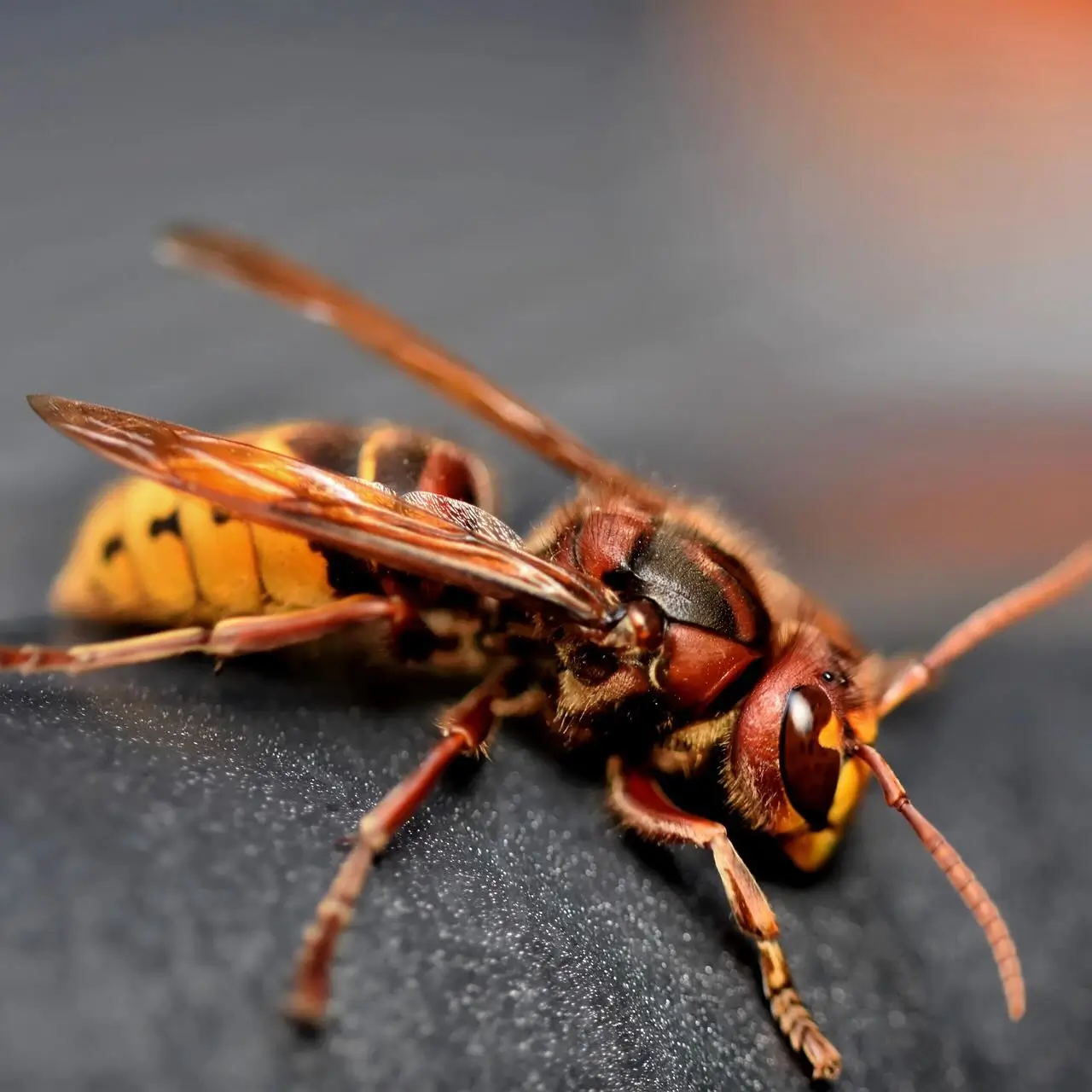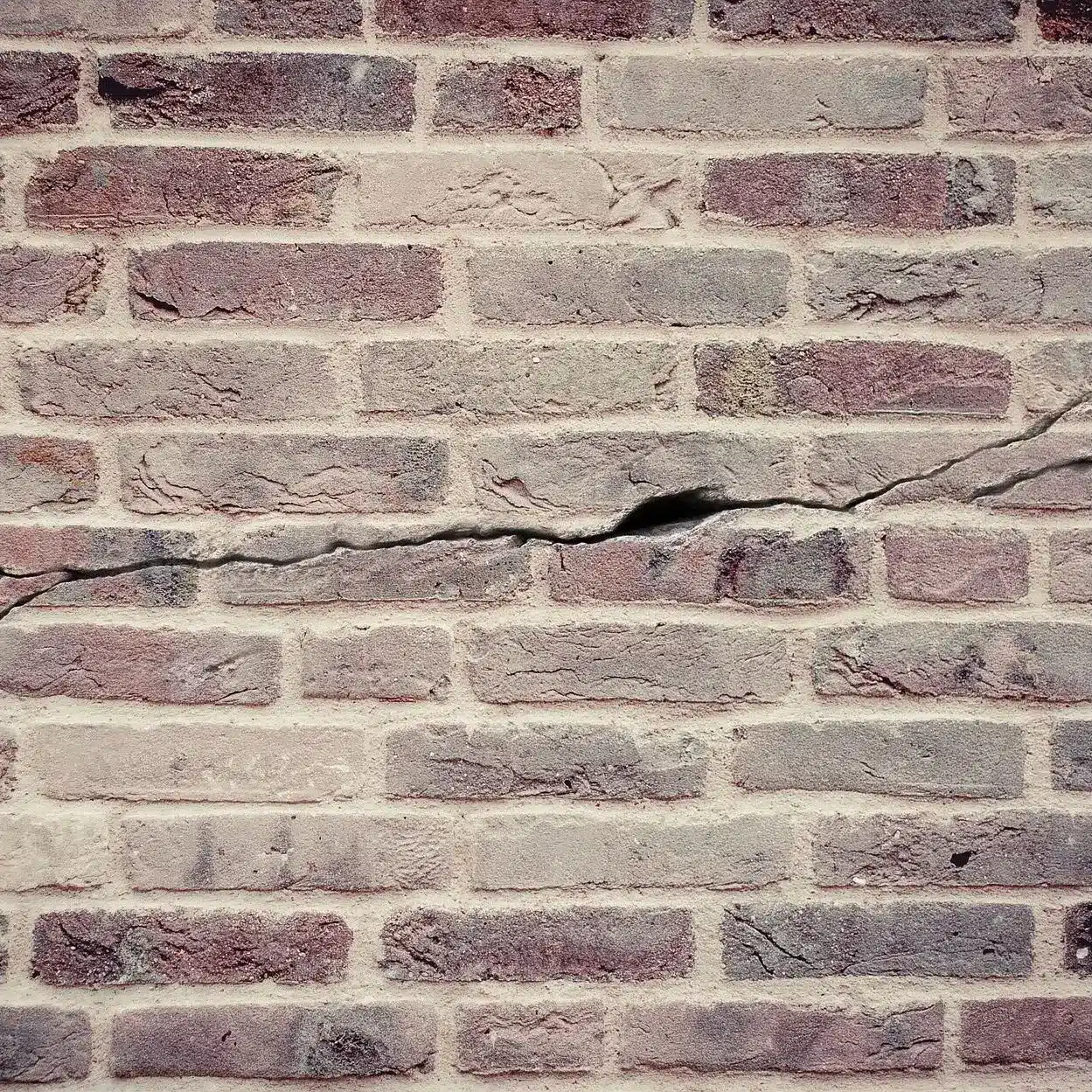Wasp Treatments and More
Protect Your Property from Wasp Infestations with Safe, Effective, and Tailored Solutions.
Request a Quote
"*" indicates required fields

Common Spots for Wasps

Infestation Prevention

Damage caused by Wasps
Wasps threaten both property and human health. Structurally, species like yellow jackets nesting in walls/roofs weaken building integrity as nests grow; paper wasps chew wood, causing surface degradation.
Health risks include repeated stings (unlike bees), dangerous for allergy sufferers. Aggressive nest defense raises swarm attack risks; venom may trigger severe reactions like anaphylaxis. Professional removal is safest to mitigate hazards.

Damage caused by Wasps
Yellow Jackets nest in ground cavities or wall voids, defending large colonies aggressively and scavenging food, increasing sting risks. Paper Wasps build open nests under eaves, less aggressive but damaging to structures. Hornets (are the largest, with potent venom and territorial behaviour.
All can sting repeatedly, posing allergy risks. Expert removal is essential to avoid harm.

Points of Entry Into your Property
Wasps can easily enter buildings through small gaps in siding, vents, utility lines, unsealed attic spaces, chimneys, or damaged soffits and roofing. These entry points provide easy access for wasps to build nests, leading to potential infestations. Addressing these vulnerabilities is crucial to preventing wasp invasions and the risks they pose to the structure and inhabitants.
Wasps Q & A
See some common questions below for some information that can help with your wasp infestation
Unlike bees, wasps have a slender body, can sting multiple times, and are generally more aggressive. They are also primarily predators or scavengers looking at similar food sources as ants, whereas bees collect pollen and nectar.
Wasps seek sheltered nesting sites and food sources like sugary drinks, garbage, and pet food. Overgrown vegetation or unsealed structures also attract them to build nests.
Signs include seeing wasps frequently entering and exiting a specific area, or the visible presence of a nest, which can vary in shape and size.
It is best to avoid attempting DIY nest removal, as it can trigger swarming. Call Aetna, our technicians use protective gear and targeted treatments to eliminate nests without provoking swarms.
Wasp prevention can be achieved by installing decoy nests to discourage territorial species, trimming shrubs and trees near your home to reduce nesting sites, sealing cracks in walls, roofs, and vents to block entry points, and storing garbage in tightly sealed bins to eliminate food sources.
No, most wasps abandon their nests after winter, but new colonies may rebuild in the same area if conditions remain favorable.
When conducted by certified professionals, wasp treatments are safe for children and pets. These experts use approved products and adhere to strict safety protocols. To ensure maximum safety, keep children and pets away from treated work areas, following the technicians directions.